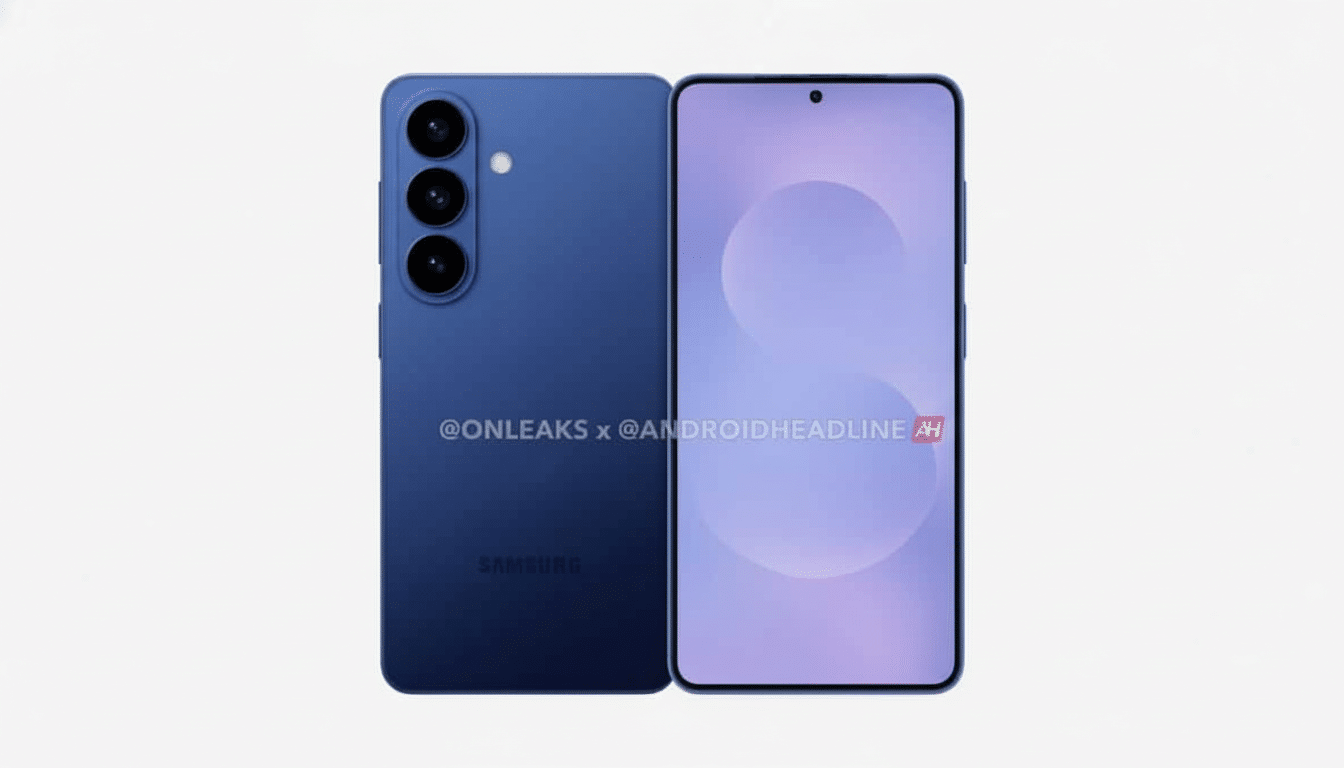Whispers from the supply chain indicate Samsung may not force fans to pick up a single mid-tier flagship next cycle. Rather, insiders intimate that the company might launch both a Galaxy S26 Edge and a Galaxy S26 Plus alongside the base and Ultra models, making this generation four mainline devices in total. If the latter, which one deserves your vote?
Why The Galaxy S26 Plus Still Makes Sense
The Plus has long been the middle ground between the affordable base model and the everything-and-the-kitchen-sink Ultra. But it also introduces a larger battery and faster charging, and a camera trifecta that emulates the high-end model without its price premium. That mix, for many buyers, hits the sweet spot for a combination of longevity and performance.

There is a market reality driving that positioning. According to Counterpoint Research, premium (phones priced at $600 and higher) accounted for a quarter of global shipments and most of the industry’s revenue in 2023. In that premium space, the Ultra still hogs the headline and margin space, but operator feedback from key markets indicates that there’s constant demand for an inexpensive, big-screen flagship with reliable endurance — the kind of (almost) completely reasonable demand formula.
If the S26 Plus is anything like what we’ve seen in the past, it’ll feature a big screen, a blockbuster battery capable of two days of conservative use, and feature parity where it’s needed — flagship silicon, loads of RAM, and a flexible camera system that often includes a dedicated telephoto lens.
That makes it the practical choice for power users, as long as they don’t miss an integrated stylus or the Ultra’s heaviest hardware.
The Case for a Galaxy S26 Edge Design-Focused Model
The Edge name indicates design ambition. In the past, Samsung used it to help highlight slimmer silhouettes or screen-first designs that typically came with lighter frames and slimmer profiles. In a landscape where many flagships are edging (ahem) toward a 220 g heft, an Edge model that focuses on ergonomics is more than just a style play — it’s also a usability pitch.
Recent noises suggest something with a large screen crammed into a considerably lighter body, in an Edge-like form. That may appeal to one-handed users and anyone weary of brick-like phones. If Samsung can pull off a slim design combined with modern cooling and better battery chemistry, the Edge could be the device of choice for folks who hate being weighed down while they eat up all that flagship power.
The trade-offs matter, though. Design-first flagships have, at times, clipped battery size, tamed charge rates, or pared down the camera bank to fit weight and thickness goals. And if the S26 Edge goes after that formula, it will have to score clear wins — say, better power efficiency, smarter software tuning, or an even better primary sensor — in order to explain away any compromises.

What Buyers Actually Choose in Premium Phone Tiers
“We have been hearing from many experts about the premium market that big screens, extended battery life and quality cameras, including 5G content capabilities, are important,” Lee said.
Analysts at IDC and Counterpoint have also observed similar trends — and big buyers — in their research.
That is why we still get Plus variants, even though there are Ultras in town. Meanwhile, the brand surveys suggest there’s a queue growing that values comfort and pocketability (when folded) — exactly where an Edge model could win hearts.
Retail dynamics also matter. Third-party carriers in the US and parts of Europe commonly push mid-tier premiums by tossing out generous trade-in values that can sway buyers over to the Plus. At the same time, unlocked buyers and tech geeks who rubberneck the “lite flagship” trend might find an Edge irresistible if it has a noticeably slimmer profile and is more manageable to hold.
How Samsung Could Clearly Set the S26 Edge and Plus Apart
The S26 Plus, on the other hand, is all about clarity: Many say that it will offer best-in-class battery life along with competitive fast charging and a triple-camera setup that’s versatile and features an unadulterated, color-accurate image pipeline. Give it a brighter panel and long-term software support, and you’ll have a mainstream hit.
For the S26 Edge, own it. Focus on sub-200-gram weight, a slim design with a masterful grip, and a screen that marries slim bezels with plenty of durability. And if battery capacity is lower, supplement with efficient silicon and adaptive refresh rate tuning to achieve meaningful charging gains. An improved main sensor and computational photography could clinch the deal.
Cast Your Vote for Edge or Plus, and Tell Us Why
If Samsung sends out both of these, the decision is refreshingly straightforward — endurance-first Plus or style-first Edge. Then vote on which one you most want to see, and why that is — be it battery life, camera flexibility, weight, or something else. Your reviews often reflect what the market rewards next.

